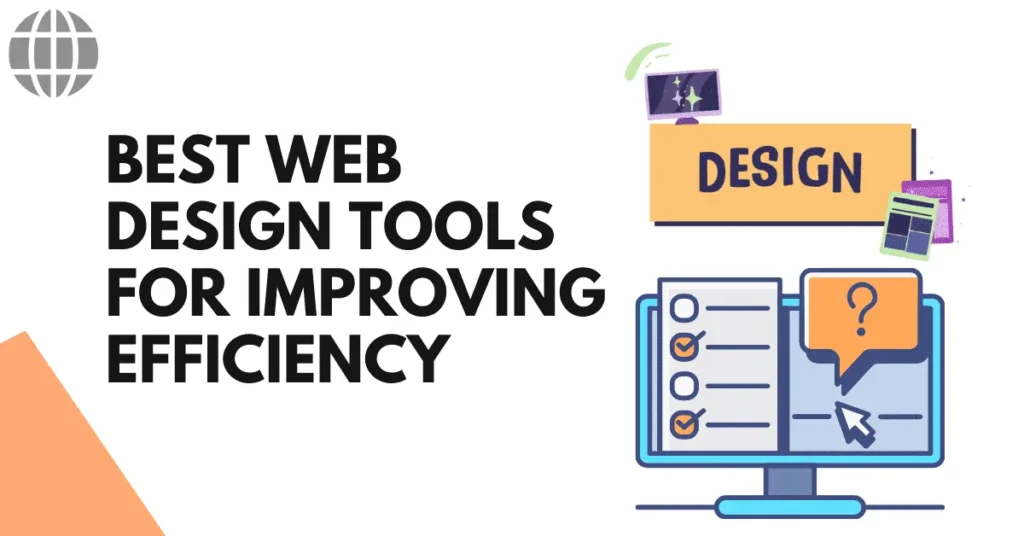Web development is the process of building and maintaining websites and web applications. It encompasses a wide range of tasks, including web design, front-end development, back-end development, server management, and database administration. With the constant influx of new technologies and changing SEO algorithms, developers need to be agile and adaptable. Whether you’re a seasoned developer or just starting out, these 7 tips and tricks will help you streamline your development process and optimize your websites for better search engine rankings.
7 Web Development Tips and Tricks for Quick Development
1- Plan and Research Keywords
Before diving into the development process, take the time to research relevant keywords for your website’s niche or industry. Keyword research tools like Google Keyword Planner, SEMrush, or Ahrefs can help you identify high-volume keywords with relatively low competition. Incorporate these keywords strategically into your website’s content, meta tags, and headings to improve its search engine ranking from the outset.
Tip: Utilize keyword research tools such as Google Keyword Planner, Ubersuggest, or Moz Keyword Explorer.
2- Optimize Website Performance
Page speed is a critical factor in both user experience and search engine rankings. Slow-loading websites frustrate users and increase bounce rates, negatively impacting SEO. Optimize your website’s performance by minifying CSS and JavaScript files, optimizing images, leveraging browser caching, and reducing server response times. Regularly monitor your website’s performance using tools like Google PageSpeed Insights and GTmetrix, and address any issues promptly.
Tip: Consider implementing lazy loading for images and deferring JavaScript loading to prioritize critical content and improve page load times.
3- Embrace Responsive Design
With the majority of internet traffic coming from mobile devices, responsive design is no longer optional—it’s a necessity. Ensure your websites are optimized for all screen sizes and devices, providing users with a seamless browsing experience regardless of the device they’re using. Not only does responsive design improve user engagement, but it also positively impacts SEO, as Google favors mobile-friendly websites in its search results.
Tip: Utilize CSS frameworks like Bootstrap or Flexbox to expedite the process of creating responsive layouts.
4- Implement SEO-Friendly URLs and Structure
Optimize your website’s URL structure to make it more search engine friendly. Use descriptive, keyword-rich URLs that accurately reflect the content of each page. Organize your content into logical categories and subdirectories, making it easier for search engines to crawl and index your site. Additionally, ensure your website follows SEO best practices for on-page optimization, including meta tags, headings, and image alt attributes.
Tip: Use tools like Yoast SEO or Moz to analyze and optimize your website’s on-page SEO elements for better search engine visibility.
5- Focus on High-Quality Content
Content is king in the world of SEO. Create compelling, informative content that resonates with your target audience and provides value. Incorporate relevant keywords naturally throughout your content, but avoid keyword stuffing or over-optimization. Regularly update your website with fresh, engaging content to keep users coming back for more and to improve your site’s search engine rankings.
Tip: Conduct keyword research to identify relevant topics and trends in your industry, and create content that addresses user queries and interests.
6- Leverage Structured Data Markup
Structured data markup, also known as schema markup, helps search engines understand the context of your content better. Implement structured data markup to provide additional information about your website’s content, such as product details, reviews, recipes, and events. This can lead to rich snippets in search results, improving visibility and click-through rates.
Tip: Use Google’s Structured Data Markup Helper to generate structured data markup code for your website easily.
7- Mobile Optimization
With the increasing use of mobile devices, ensuring your website is mobile-friendly is paramount. Google prioritizes mobile-friendly websites in its search rankings, making responsive design a crucial aspect of web development. As a beginner, using frameworks like Bootstrap or CSS Grid can simplify the process of creating responsive and visually appealing websites. This not only improves user experience but also contributes to higher search engine rankings.
Tip: Use tools like Google’s PageSpeed Insights or GTmetrix to identify performance bottlenecks and make necessary optimizations.
Conclusion Words:
By incorporating these SEO tricks and web development tips for beginners into your development process, you can streamline your workflow, improve your website’s search engine visibility, and deliver exceptional user experiences—all while saving time and effort. Remember that SEO is an ongoing process, on-page SEO is a vital aspect of your website’s overall SEO strategy, so stay proactive, flexible, and responsive to changes in search engine algorithms and user expectations. With the right approach, you can achieve quick development without sacrificing quality or SEO performance.
The field of web development is constantly evolving, with new technologies, trends, and algorithms emerging regularly. Stay updated on the latest developments in web development and SEO, and be prepared to adapt your strategies accordingly. Continuously monitor your website’s performance, analyze data, and make data-driven decisions to improve your website’s SEO and overall effectiveness.



